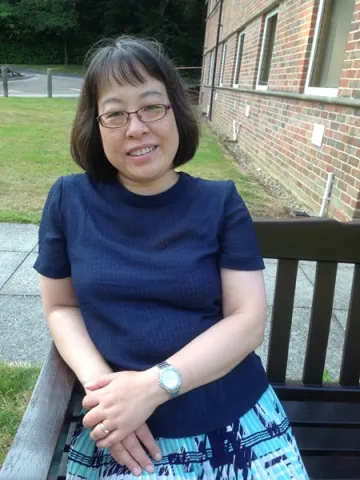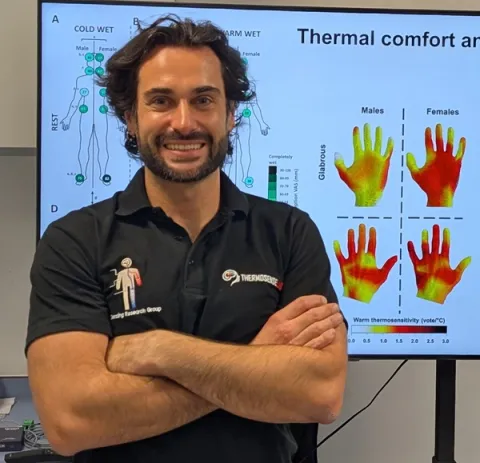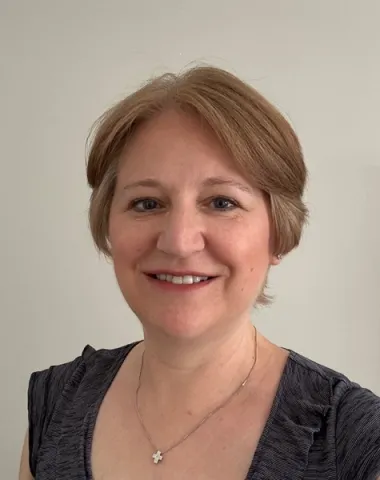Project overview
There are many situations where an individual will spend prolonged periods in their bed or chair, often observed in
community settings where individuals may have impaired mobility. In many cases, individuals, carers and care providers
are not alerted to periods of prolonged immobility. This results in poor self-management and limit access to care support to
promote movement. A potential consequence of these prolonged periods of sitting or lying are pressure ulcers, often
termed bed sores, which can develop into wounds which are painful and can take a long time to heal. This has a significant
impact on the quality of life for the individual effected and is an indicator of patient safety and quality of care.
The applicants represent a team of scientists, clinicians, care providers and industry collaborators who have been working
with technologies to monitor individuals whilst lying and sitting. Over the last seven years they have successfully used
commercial continuous pressure monitors in community and hospital healthcare settings to evaluate movement patterns
over prolonged periods. Through monitoring pressures between the individual and their cushion or mattress they have
been able to effectively communicate when they have been less mobile. The technology has also been used to improve the
type of cushion or mattress they use to support their health. This has helped individuals understand the risks of being less
mobile and supported them to self-manage through regular repositioning and cooperation in care.
However, the team identified a number of challenges with existing commercial pressure monitoring devices, which were
originally designed for hospital settings. These include:
- their cost,
- the complexity of sensors,
- how robust they are to prolonged community use
- how the pressure monitoring data is stored and used to help individuals, carers and service providers in the community
The proposed project will involve the development of a new sensing system and display which is purposefully designed for
community residents. This will be achieved through the principles of co-production, which means working together with
patients and the public, service providers and industry partners on a fit for purpose solution. The project has been designed
to maximise the input from those who will be using the technology, where innovation must fit around the end user. The
project has been divided into work packages to achieve the following:
1. A service provider and industry led set of design criteria for the new pressure monitor and user display
2. A person led evaluation of the new device involving patient and public involvement and engagement
3. An assessment of the device in use within community settings, including private homes, residential care and nursing
homes.
The final system will be designed to be low cost, easily integrated to chairs/beds and have a user-friendly display. Through
monitoring of posture and mobility we aim to promote self-management through prompts and alerts.
community settings where individuals may have impaired mobility. In many cases, individuals, carers and care providers
are not alerted to periods of prolonged immobility. This results in poor self-management and limit access to care support to
promote movement. A potential consequence of these prolonged periods of sitting or lying are pressure ulcers, often
termed bed sores, which can develop into wounds which are painful and can take a long time to heal. This has a significant
impact on the quality of life for the individual effected and is an indicator of patient safety and quality of care.
The applicants represent a team of scientists, clinicians, care providers and industry collaborators who have been working
with technologies to monitor individuals whilst lying and sitting. Over the last seven years they have successfully used
commercial continuous pressure monitors in community and hospital healthcare settings to evaluate movement patterns
over prolonged periods. Through monitoring pressures between the individual and their cushion or mattress they have
been able to effectively communicate when they have been less mobile. The technology has also been used to improve the
type of cushion or mattress they use to support their health. This has helped individuals understand the risks of being less
mobile and supported them to self-manage through regular repositioning and cooperation in care.
However, the team identified a number of challenges with existing commercial pressure monitoring devices, which were
originally designed for hospital settings. These include:
- their cost,
- the complexity of sensors,
- how robust they are to prolonged community use
- how the pressure monitoring data is stored and used to help individuals, carers and service providers in the community
The proposed project will involve the development of a new sensing system and display which is purposefully designed for
community residents. This will be achieved through the principles of co-production, which means working together with
patients and the public, service providers and industry partners on a fit for purpose solution. The project has been designed
to maximise the input from those who will be using the technology, where innovation must fit around the end user. The
project has been divided into work packages to achieve the following:
1. A service provider and industry led set of design criteria for the new pressure monitor and user display
2. A person led evaluation of the new device involving patient and public involvement and engagement
3. An assessment of the device in use within community settings, including private homes, residential care and nursing
homes.
The final system will be designed to be low cost, easily integrated to chairs/beds and have a user-friendly display. Through
monitoring of posture and mobility we aim to promote self-management through prompts and alerts.
Staff
Lead researchers
Other researchers
Collaborating research institutes, centres and groups
Research outputs
Nicci Aylward-Wotton, P.R. Worsley & Bridie Kent,
2025, Wounds UK, 21(2), 10-15
Type: article
Silvia Caggiari, Liudi Jiang, Davide Filingeri & Peter Worsley,
2023, Sensors, 23(15), 6872
DOI: 10.3390/s23156872
Type: article




